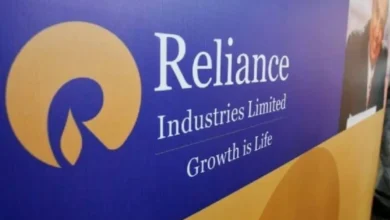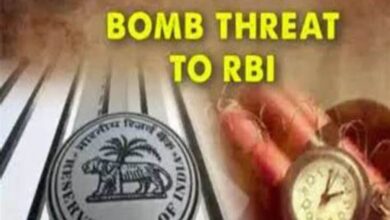INDIA A Paradox – The Fastest Growing Poor Country!
India in the top 5 of the multidimensional poverty list and 105 amongst 127 nations on the hunger index.
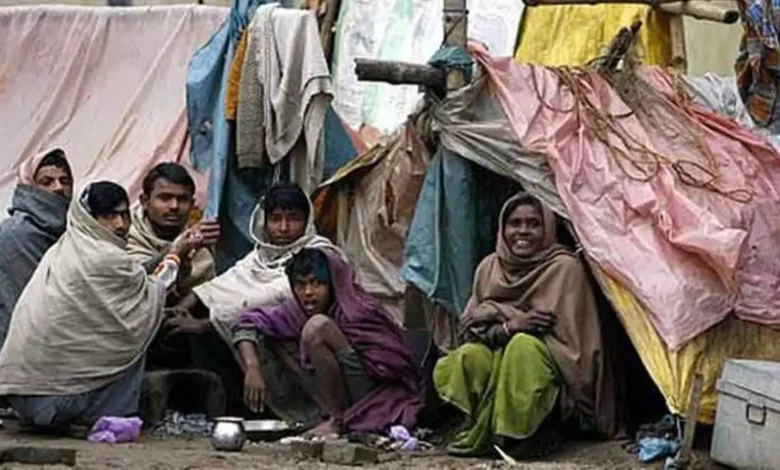
India is amongst the fastest growing countries and is on its way to become a $5 trillion economy, which will make it the third largest after the US and China. However, it is also amongst the top five countries with the largest number of its citizens residing in poverty.
With a growing GDP of around $4 trillion, the current population of our Mahan Desh is around 1.4 billion, out of which around 234 million people are below poverty line and are malnourished. Recently, a report of the Global Multidimensional Poverty Index(MPI) stated that out of 1.1 billion people across the world living in poverty, most are from India. This study was conducted by UNDP with the OPHI (Oxford Poverty and Human Development Initiative) at the university of Oxford.
The data from the latest Global Hunger Index(GHI) has India listed at rank 105 amongst 127 countries, which also indicates how severely hungry Indians are. This rank is surprisingly alarming considering India has one of the highest volumes of food production – 332 million tonnes in 2023-2024.
More often than not, we see our leaders boasting about how mahan our country is and the spirit of Indians is, no doubt great but the ground reality is different. People are suffering and it cannot be denied. Every year the rank of our country in the Global Hunger Index gets worse and while we agree that India is not the only country with such issues, we cannot disagree that it is not the biggest economy with people sleeping empty stomachs at night.
What Is The Global Multidimensional Poverty Index?
TThe global MPI (Multidimensional Poverty Index) is an international parameter of the acute multidimensional poverty of over a hundred developing countries. Unlike the traditional measure of traditional monetary poverty to inform how poor a country is, MPI focuses on the health, education and living standards that people simultaneously go through in a country.
The MPI measures poverty at an individual level. A person will be considered “MPI” poor if they are deprived in a third or more of ten weighted indicators. This index also measures the intensity or extent of an individual’s poverty through the percentage of deprivations that they experience.
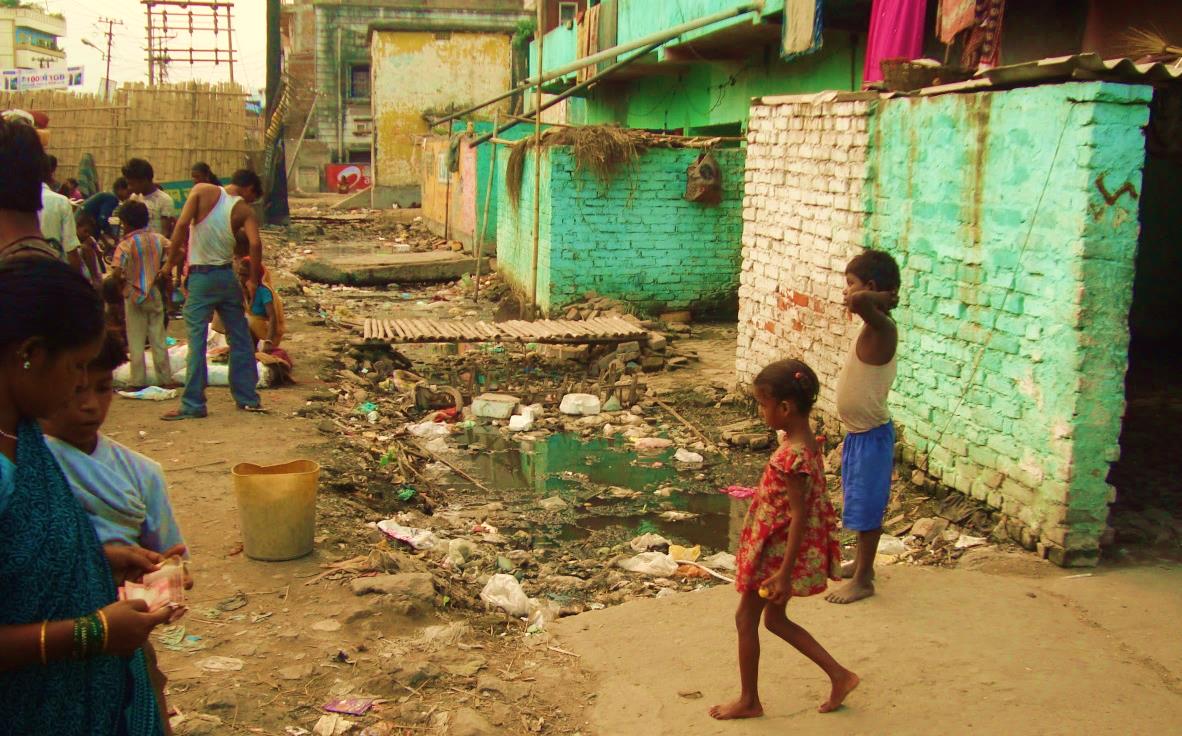 Basically, it reveals who is poor and how they are poor. It can be used to create an integrated picture of people living in poverty and allows a comparison across countries and different regions, within countries by ethnicity, urban/rural region, subnational region, and age group, and other key household and community characteristics.
Basically, it reveals who is poor and how they are poor. It can be used to create an integrated picture of people living in poverty and allows a comparison across countries and different regions, within countries by ethnicity, urban/rural region, subnational region, and age group, and other key household and community characteristics.
The distribution of MPI by each of the ten indicators for each group and for countries as a whole show how poor people are.
The three indicators of the MPI are further broken down into the ten indicators – including child mortality, nutrition, years of schooling, school attendance, sanitation, cooking fuel, drinking water, electricity, housing and assets.
The update from UNDP stated that out of 1.1 billion people living their lives in poverty, 40 percent are in the countries experiencing fragility, war and/or low peacefulness, according to at least one of three widely used datasets of conflict settings.
Other four countries topping the MPI list are – Pakistan(93 million), Ethiopia(86 million), Nigeria(74 million), and the Democratic Republic of the Congo(66 million).
The Multidimensional Poverty Index report used the recent available data from 112 countries, out of which 21 are low-income countries, 47 lower-middle-income countries, 40 are upper-middle-income countries and 4 high-income countries.
Across these 112 countries, the total population stands at 6.3 billion and out of these 1.1 billion are living in unhealthy conditions and are facing acute multidimensional poverty.
You know what is even more frightening about these records?
Half of these people who are residing in such poor conditions, are children. The future of any country is its children and for a country like India, which takes pride in having the highest number of youngsters, it’s shameful that the kids of the country do not have access to basic necessities of life.
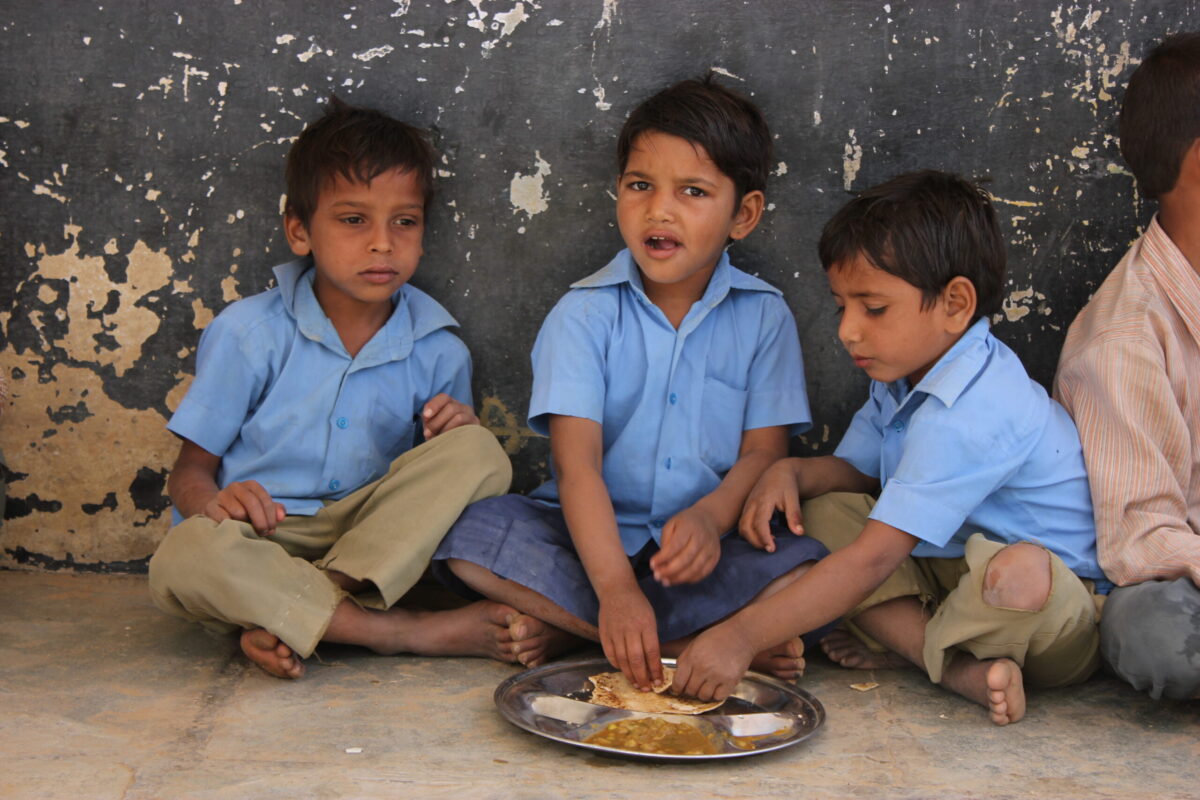 How Can We Understand The Global Hunger Index?
How Can We Understand The Global Hunger Index?
Global Hunger Index is a tool formulated to measure and keep a track of hunger comprehensively at global, regional and national levels, reflecting multiple dimensions of hunger over time. The GHI is developed to spread awareness and educate others regarding the fight against hunger, to establish a comparative basis for hunger levels between countries and to draw attention to those parts of the globe where hunger levels are at their worst and where measures are most urgently needed to reduce or eliminate hunger.
Each nation’s GHI is calculated based via a formula that takes into account all the four indicators of the multidimensional nature of hunger –
- Undernourishment
- Child Wasting
- Child Stunting
- Child Mortality
The following indicators contributed to the India’s poor rank in GHI –
India’s infant mortality rate – 26 per 1000 live births while the global average was 28.
The Child Stunting and Child Wasting rates at – 35.5% and 18.7% respectively.
Who Is Responsible For This State Of The Country?
In a vast economy like that of India, the income gap is so huge that almost 77% of the entire income of the nation is under the hold of the only top 10%.This income inequality is the reason why mostly poverty gets perpetuated. Income inequality is when a major part of the country’s wealth is concentrated in the hands of a few people, which then reduces the purchasing power of people. Thus making it difficult for citizens to meet the most basic needs of their survival – food, shelter, clothing, health, education, etc.
According to reports, India was growing at the rate of 6.8% in fiscal year 2024, however the its per capita income of $2485 in FY24 was less than a fourth of the global average which was at – $ 13,920 in FY22, pointing to the wide income inequality that results in unprecedented varied disposable incomes.
 Another part of the problem is the food inflation – which has almost doubled between 2022-2024, from 3.8% to 7.5%. As the price of food rises, more and more poor citizens of the country sleep without having a meal a day.
Another part of the problem is the food inflation – which has almost doubled between 2022-2024, from 3.8% to 7.5%. As the price of food rises, more and more poor citizens of the country sleep without having a meal a day.
While a few reports blamed the harsh and uncertain weather for this rise in price of food, the government certainly has some accountability towards its citizens.
Anyway, upward mobility in India is difficult for people because of deeply rooted caste, class and religion practices, and when we take in account all these other factors, it is almost impossible for the poor of the country to get ahead.
All these records point towards the failure of different systems of the government, be it health-care of the country which became apparent during the COVID-19 pandemic or food shortage in different regions of the country, there is often shortage of water even in the capital of the country.
Instead of trying to work better towards the development of the country, it is more interested in keeping its image clean, which is why the Ministry of Women and Child Development has raised concerns over the collection of the data and the methodology of the calculation of the GHI. Ironically the numbers that were used to identify the GHI of the country were drawn from the reports of the Sample Registration System published by the government itself.
The contrast between the rapid growth of India and its persistent poverty paints a complex picture for the policymakers of the country and citizens alike. But the thing is no matter how fast we are reaching towards becoming the third largest economy globally, the country cannot afford to leave millions of its people behind, struggling with basic things like – food, water, shelter and electricity. The paradoxical status of the country of being an economic powerhouse and home to vast numbers of impoverished individuals calls for urgent action by the government and even by other citizens.
The ground reality of the development of the country has come to light because of these reports and instead of trying to find fault in them, our government should accept the reality as a challenge and work towards the betterment of the people who have given them the power to sit in their comfortable chairs, inside their luxurious government bungalows. It is their duty to work for the people of this nation, especially towards the children who bear the brunt of these harsh living conditions.
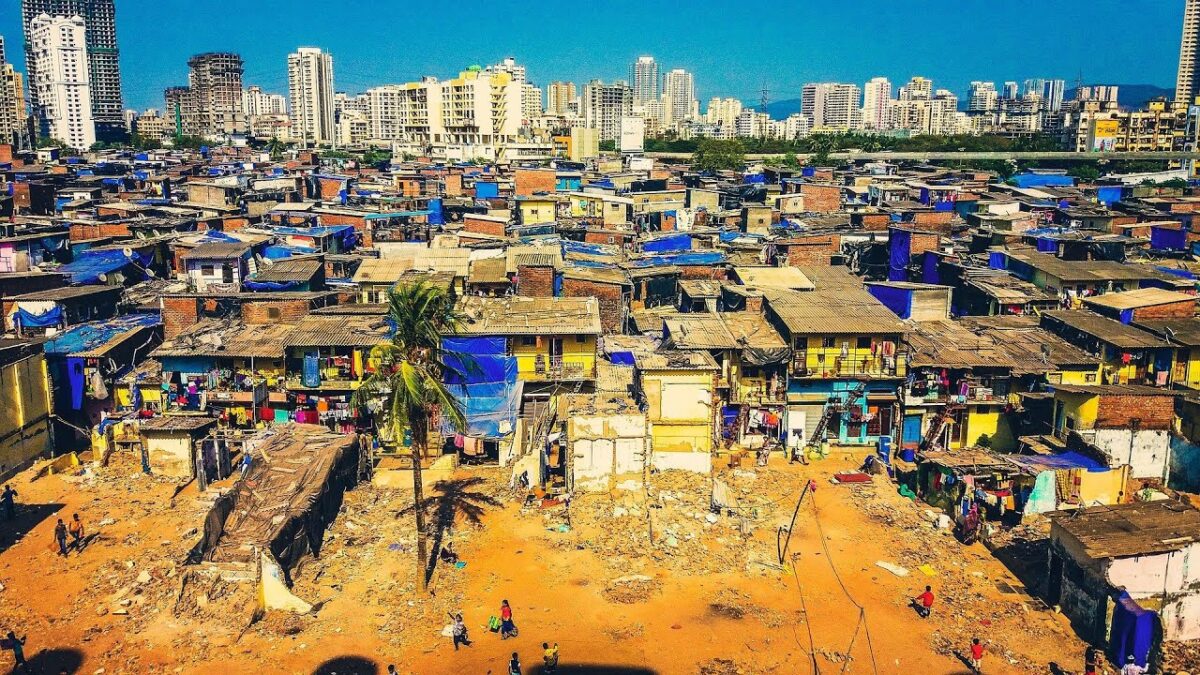 The root cause of this paradoxical situation is entrenched in India’s socio-economic fabric and one of the main reasons for poverty is the economic disparity. The gap between the rich and poor keeps getting intense, additionally societal issues related to caste, class and religion continue to hinder the upward mobility of those who are trying. So instead of trying to draw a wedge between people based on their religion and caste, the government should try to actually do their job for once.
The root cause of this paradoxical situation is entrenched in India’s socio-economic fabric and one of the main reasons for poverty is the economic disparity. The gap between the rich and poor keeps getting intense, additionally societal issues related to caste, class and religion continue to hinder the upward mobility of those who are trying. So instead of trying to draw a wedge between people based on their religion and caste, the government should try to actually do their job for once.
Addressing this paradox requires a multifaceted approach that goes beyond economic growth and focuses on the social change of the country. To tackle this extent of multidimensional poverty, the country as a whole needs to invest and prioritize – health, education, nutrition especially for its coming future, for its children. Education for women should go beyond the slogans of beti padhao, beti bachao as it is crucial to smashing the intergenerational cycle of poverty and illiteracy. Similarly, equal opportunities should be present for people across different economic strata to bridge the skills gap and improve employability.
While we can only suggest methods to tackle such a complicated situation, the government needs to address these challenges head-on. Hope has not left us as we look forward to a better future for our country.



